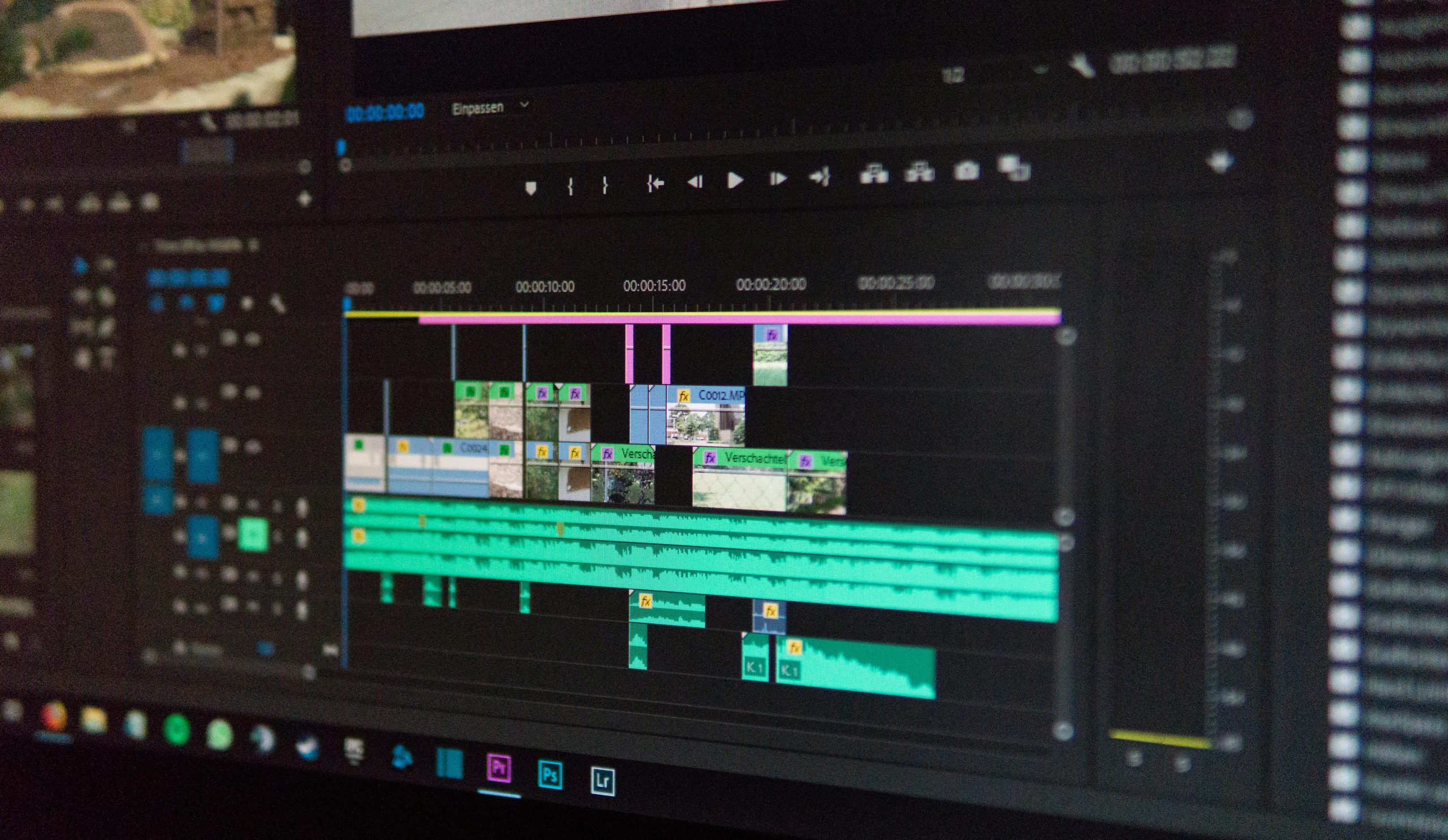Image search operates using a combination of computer vision, machine learning, and text-based search indexing to help users find images related to their queries. When a user inputs a query, whether through text or by uploading an image, the search engine employs several steps to produce results.
Indexing: Like traditional text search, image search begins by indexing a vast database of images. This involves analyzing images and the metadata associated with them, such as file names, alt text, associated captions, and context from surrounding text on web pages.
Feature Extraction: For better understanding, image search engines employ computer vision techniques to analyze the content of images. They break down images into a set of manageable qualities or features, such as colors, shapes, textures, and patterns, using algorithms like convolutional neural networks (CNNs). This helps in recognizing objects and scenes within images.
Classification and Tagging: Through machine learning models, images are classified and automatically tagged according to detected elements (e.g., beach, car, sunset). This process enhances the categorization of images, allowing the search engine to retrieve them effectively based on users’ queries.
Search Query Processing: When a search query is initiated, whether it’s text or a sample image, the search engine analyzes the query to understand what kind of images should be returned. For text queries, semantic analysis helps match descriptive words to tagged features. For image queries, similarity matching helps find images with similar features to the uploaded or referenced image.
Relevancy Ranking: Once potential matches are found, the search engine ranks the images based on various factors such as relevance to the query, image quality, and even user engagement or popularity metrics. Advanced algorithms might also consider user personalization factors, like search history, to refine results further.
Displaying Results: The selected images are then presented to the user in a gallery format, usually accompanied by metadata and the source links, allowing users to explore the images further or visit the hosting site for more context.
These processes enable image search engines to deliver precise, relevant images quickly and efficiently. Constant improvements in AI models are refining this technology, making image searches more accurate and versatile over time.

